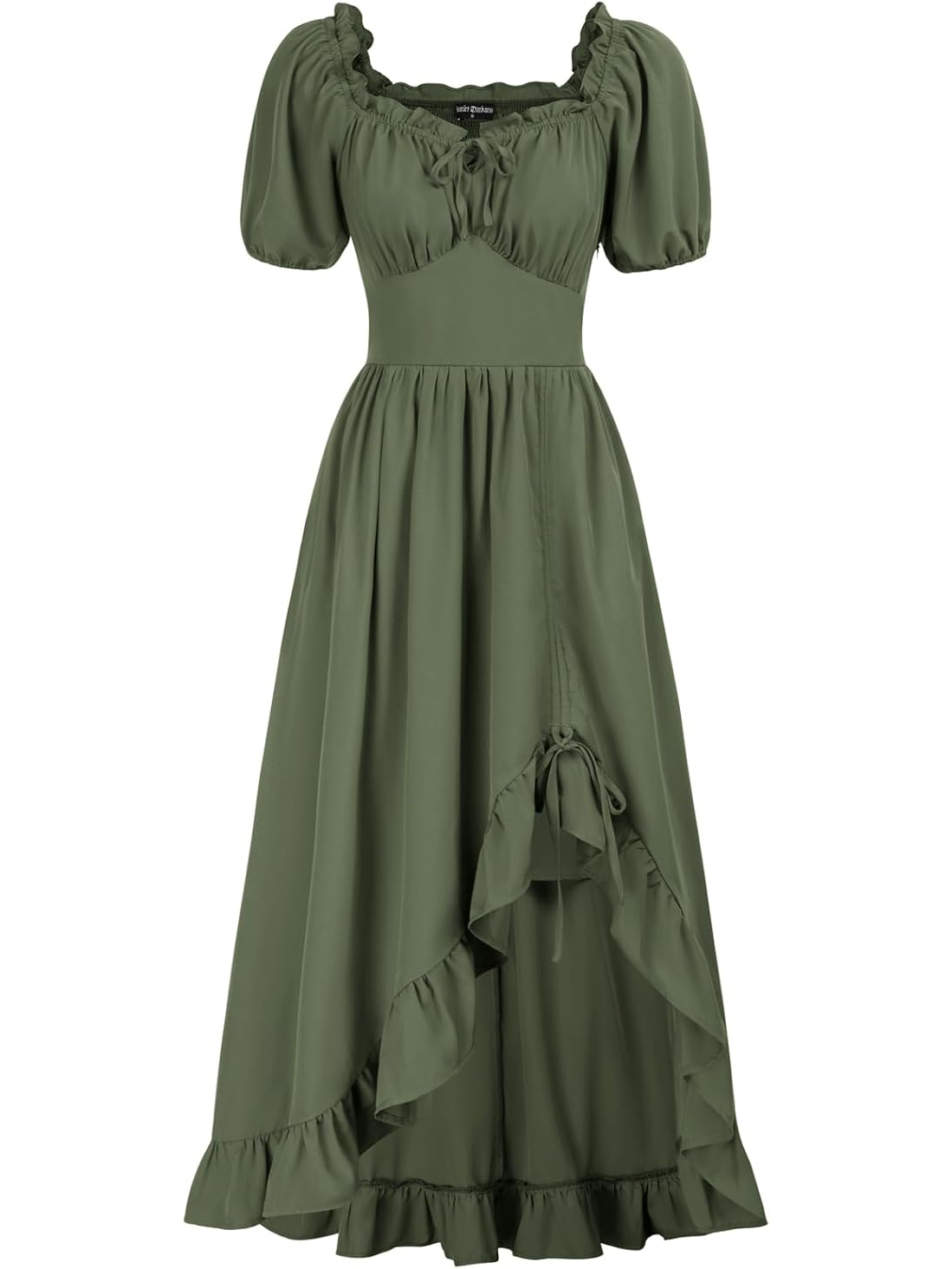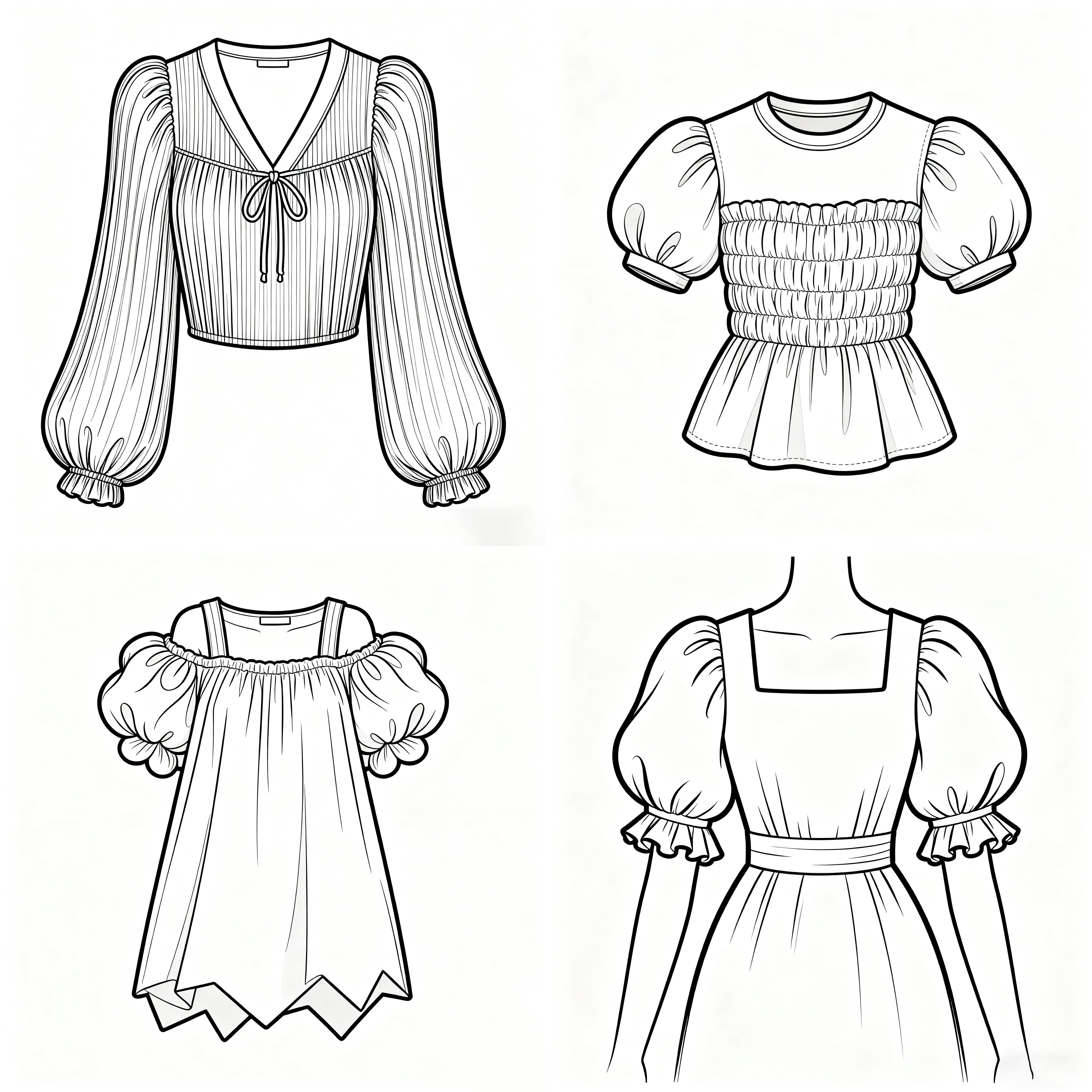Beyond Runways: E - commerce Data Is the Real Fuel for Fashion Design Trends
In the past, fashion weeks were almost synonymous with the birth of trends. Designers would present their avant - garde collections, and over time, elements from these shows would filter down into consumer fashion. However, in the current digital age, the landscape has shifted. A significant portion of fashion trends now germinate from the bustling world of e - commerce and independent online stores.
E - commerce platforms and independent websites offer a real - time window into consumer preferences. With the help of analytics, it's possible to track what consumers are actually purchasing. For instance, if a particular style of pleated skirt is flying off the virtual shelves on multiple e - commerce sites, it's a strong indication of an emerging trend. This data - driven approach provides a more immediate and accurate reflection of what the market wants compared to the somewhat speculative nature of fashion week shows.
Independent online boutiques also play a crucial role. They often take risks by stocking unique, hard - to - find items that resonate with niche yet growing customer segments. As these boutiques gain traction and their customer bases expand, the styles they promote can quickly snowball into broader trends. In contrast, fashion weeks, while still important for creative inspiration, may present designs that are more concept - driven. These concepts might not always align with what consumers are ready to buy right away.
Just to illustrate this point with a real - life example: Today, I dug into Amazon sales data dashboard and spotted a top - selling style this month. My team and I sat down with designers to break down its key elements—voluminous puff sleeves, a lace - trimmed square neckline, and an asymmetrical ruffled hem. We're now using these data - backed details as a foundation for tweaks and redesigns. This is exactly how we source a big part of our design inspiration: not just from creative flair, but from the hard numbers that show what consumers are actually clicking “add to cart” for.
Once the revised designs are finalized, the next step is handing them off to our pattern makers and sample makers to turn those sketches into physical garments. And if you're an independent designer, a fashion buyer, or a procurement professional looking for a partner to bring your ideas to life—we're here to help. Our factory specializes in end - to - end support: from custom design and sample making to bulk production, with a particular focus on pleated styles.
Pleated garments stand out for two game - changing advantages, especially for both brands and consumers. First, they transform fabric from a flat, two - dimensional material into a three - dimensional texture—adding depth, movement, and visual interest that flat fabrics simply can't match. A basic dress or blouse becomes instantly more dynamic; pleats catch light, flow with movement, and turn simple silhouettes into eye - catching pieces without relying on loud prints or heavy embellishments.
Even more importantly, pleated styles break free from the constraints of body type and sizing—something that's a huge win for both shoppers and procurement teams. Unlike form - fitting styles that only flatter slimmer figures, the same pleated design works for a far wider range of body shapes. This is all thanks to the pleating process: it typically requires 2 - 3 times more fabric than flat garments, giving the design natural “give” and drape. That's why most pleated pieces can be offered in one-size-fits-most (or a very limited size range) while still fitting and flattering most people—no more worrying about whether a style will alienate customers with different body types.
For procurement professionals, this is a massive relief. It eliminates the anxiety of choosing which sizes to stock: you don't have to guess which sizes will sell out (and risk overstocking others) or deal with the waste of unsold inventory from niche sizes. Fewer size options mean simpler ordering, lower inventory costs, and a product that appeals to a broader customer base—directly boosting sales potential.
In conclusion, while fashion weeks remain a spectacular display of creativity, the true pulse of fashion trends today can often be found in the numbers and selections within the e - commerce sphere, where consumer demand and purchasing power are the real trendsetters. And for anyone looking to turn those data - driven trends into tangible, market - ready garments—especially pleated styles—we're ready to collaborate and bring your vision to life.




.png)
.png)
.png)
.png)